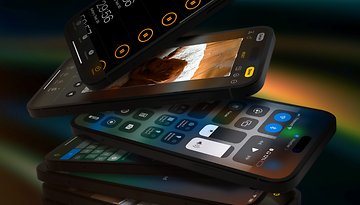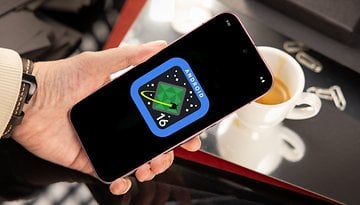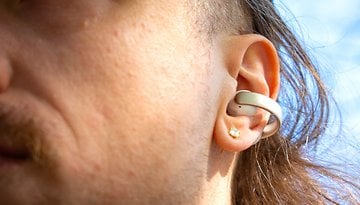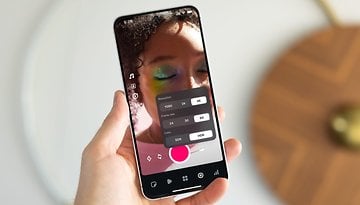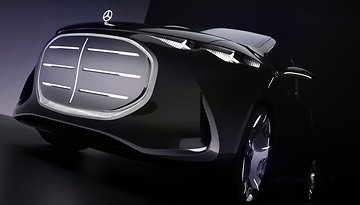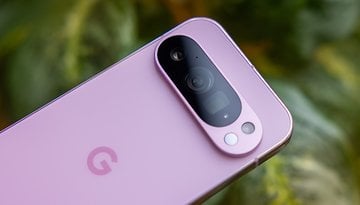Rumor: New iPhone SE to feature 5G in familiar design
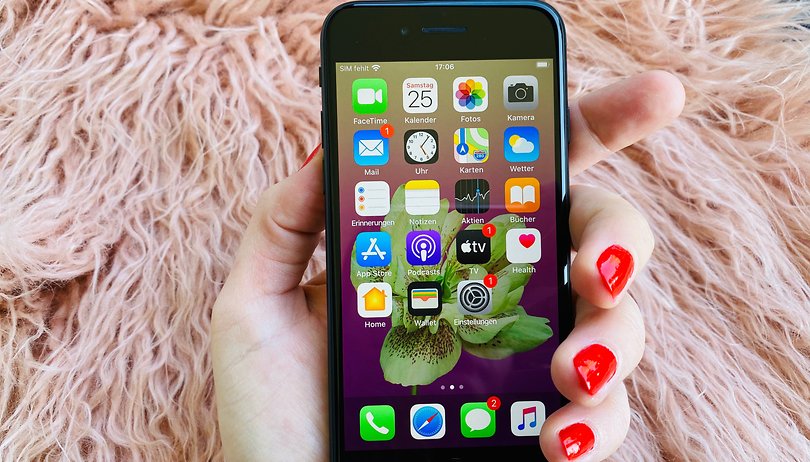

Read in other languages:
Apple should dive headfirst into 5G in 2022, at least that's what rumors published by sites in Japan and Taiwan claim. The next-generation smartphone from Apple should arrive as an expected update of the iPhone SE (2020), which will receive the same Snapdragon X60 modem that sees action in the iPhone 13, albeit without any other new features or radically updated design.
Summary:
- iPhone SE may be updated in 2022 with 5G capability.
- New iPhone SE should retain the design inherited from the iPhone 8/7/6S/6.
- Rumor indicates that new Apple A15 Bionic SoC will feature.
According to Japanese website MacOtakara, citing "reliable sources in China", Apple's entry-level phone will receive an update in autumn 2022 (spring in the northern hemisphere), of which the highlight will be the inclusion of the Snapdragon X60 modem. This component is responsible for the 5G connection in the iPhone 13 line that is powered by the Apple A15 SoC, and is also touted to equip the new iPhone SE (2022).
The site also mentioned that despite the turbocharged specifications s in terms of processing muscle, the iPhone SE (2022) will have the same design as the 2020 model, which inherited the look of the iPhone 8 (which in turn retained the same physical make-up with few changes since the iPhone 6).
That is, in addition to the 4.7-inch screen (that is still LCD!) and the home button with Touch ID, the new generation iPhone SE should feature a unique camera and compatibility with currently available protective cases.
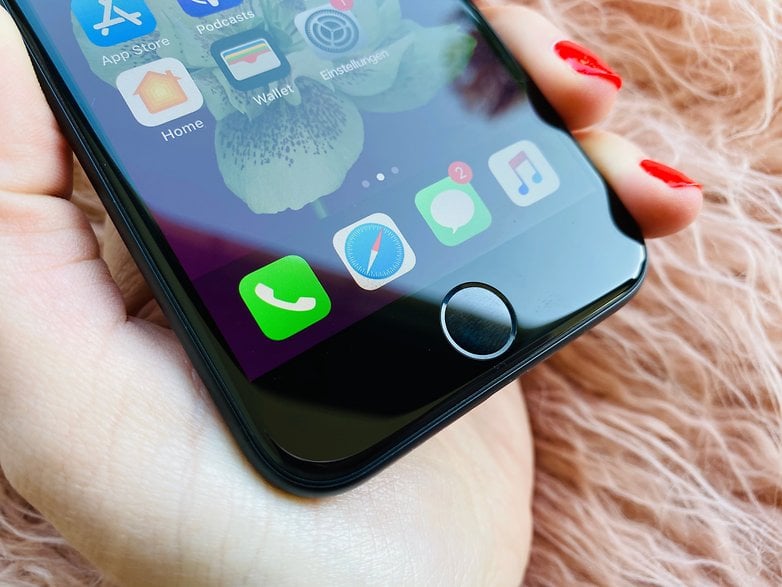
The rumor published by MacOtakara reinforces a July rumor from Nikkei Asia, that the iPhone line will only have 5G releases in 2022. It remains to be seen whether Apple will retain the current SE (2020) and iPhone 11 models for sale, as these are the only models that are not compatible with next-generation networks.
It may seem curious to adopt a next-generation processor in the entry model, but if confirmed, the strategy would repeat the steps of the previous two iPhone SE generations, which were released with the most modern SoC offered by Apple at the time (A9 and A13, respectively).
In addition, the company could also use components with a reduced processing frequency or deactivated cores, as it already currently does in the iPad Mini 6 and iPhone 13, respectively, compared to iPhone 13 Pro models. This is a practice known as product binning (product differentiation, in other words) and is widely adopted in CPUs and GPUs, for example.
It remains to be seen how the battery life will be when it comes to the new 5G-ready modem, in addition to the sacrifices required in its internal space to make room for the additional component. However, there is ample time to confirm (or deny) the rumors.
Are you curious about the new iPhone SE or have already grown tired of the design that first saw light in the iPhone 6? Personally, an iPhone SE with an A15 SoC would be a very attractive option, even more so if it maintains compatibility with years and years of protective cases and accessories that are still available in the market.
Source: MacOtakara, Nikkei Asia
